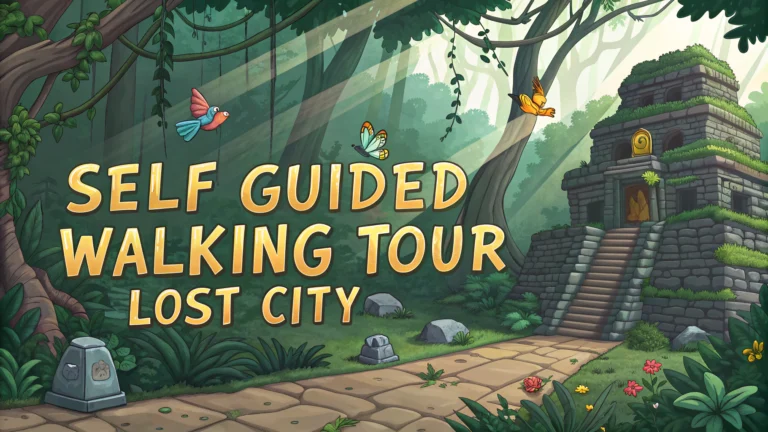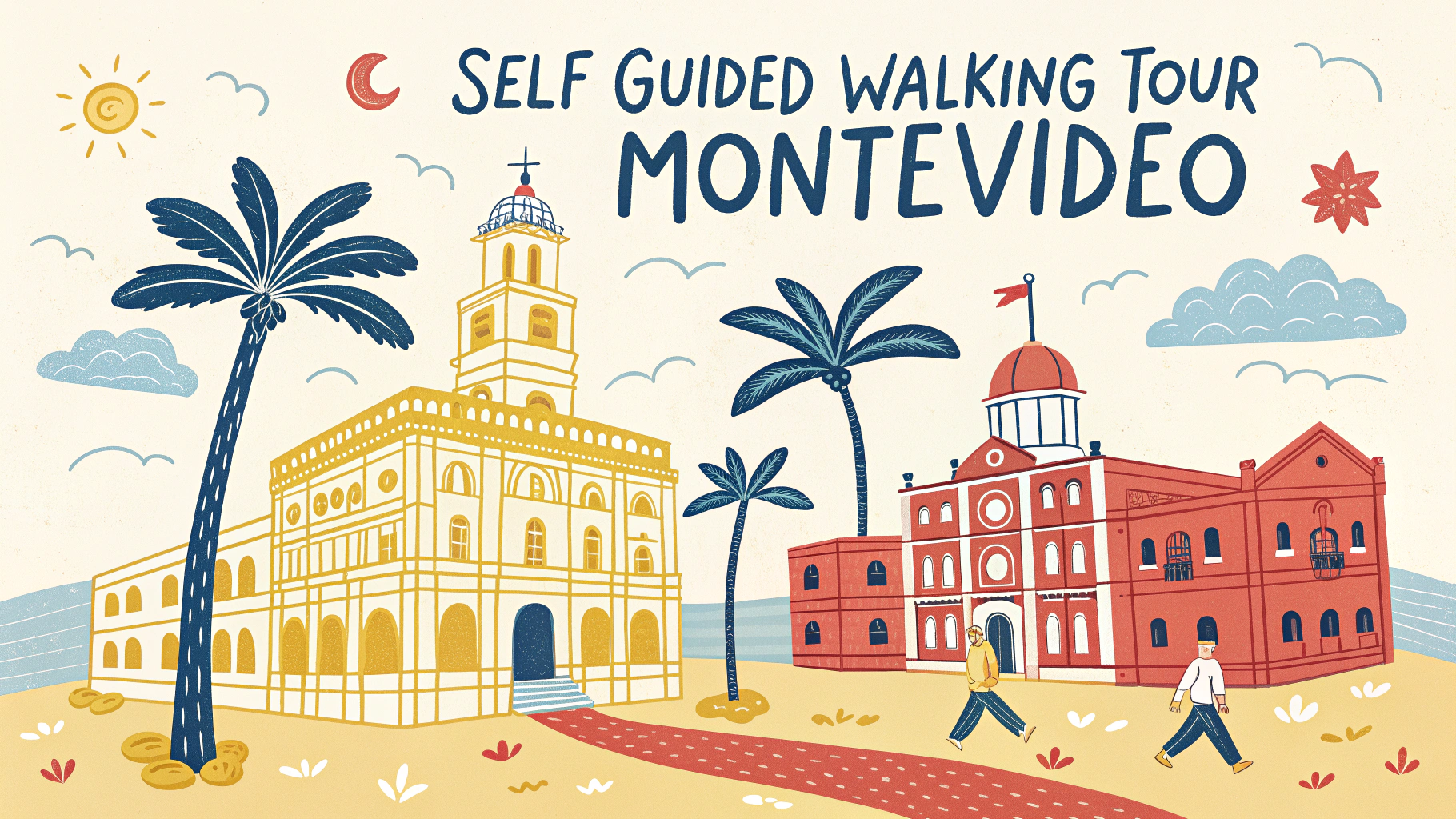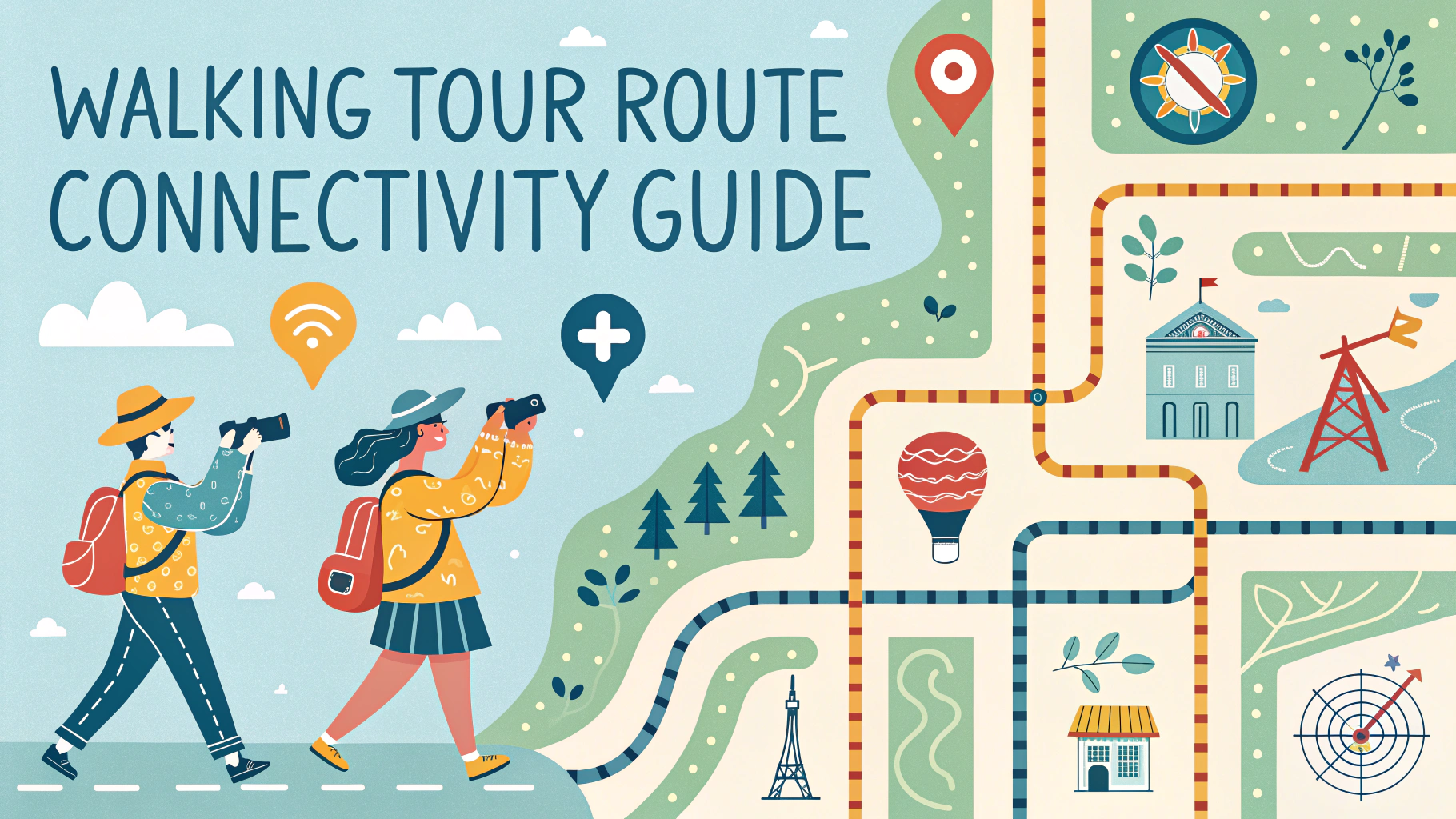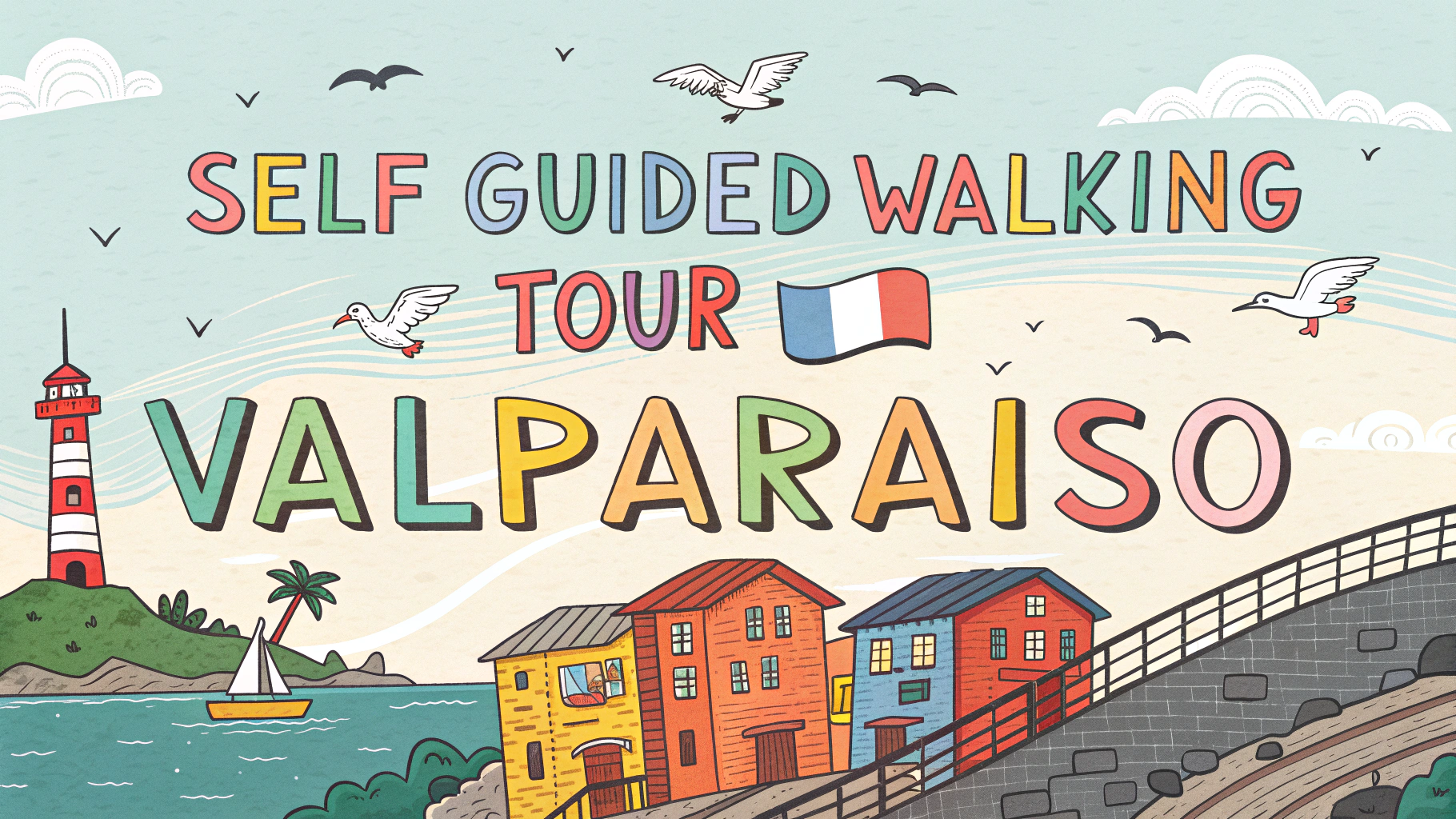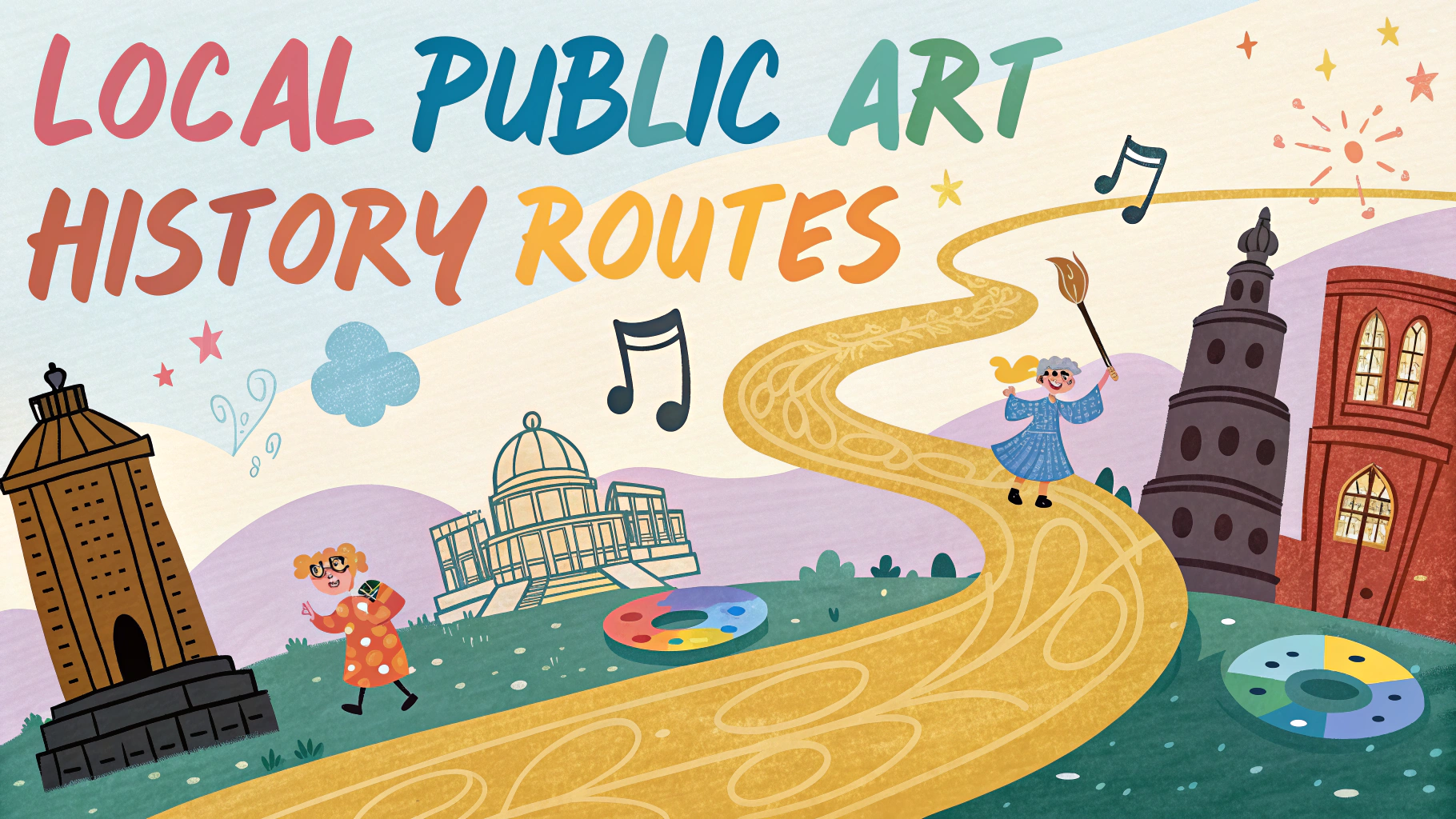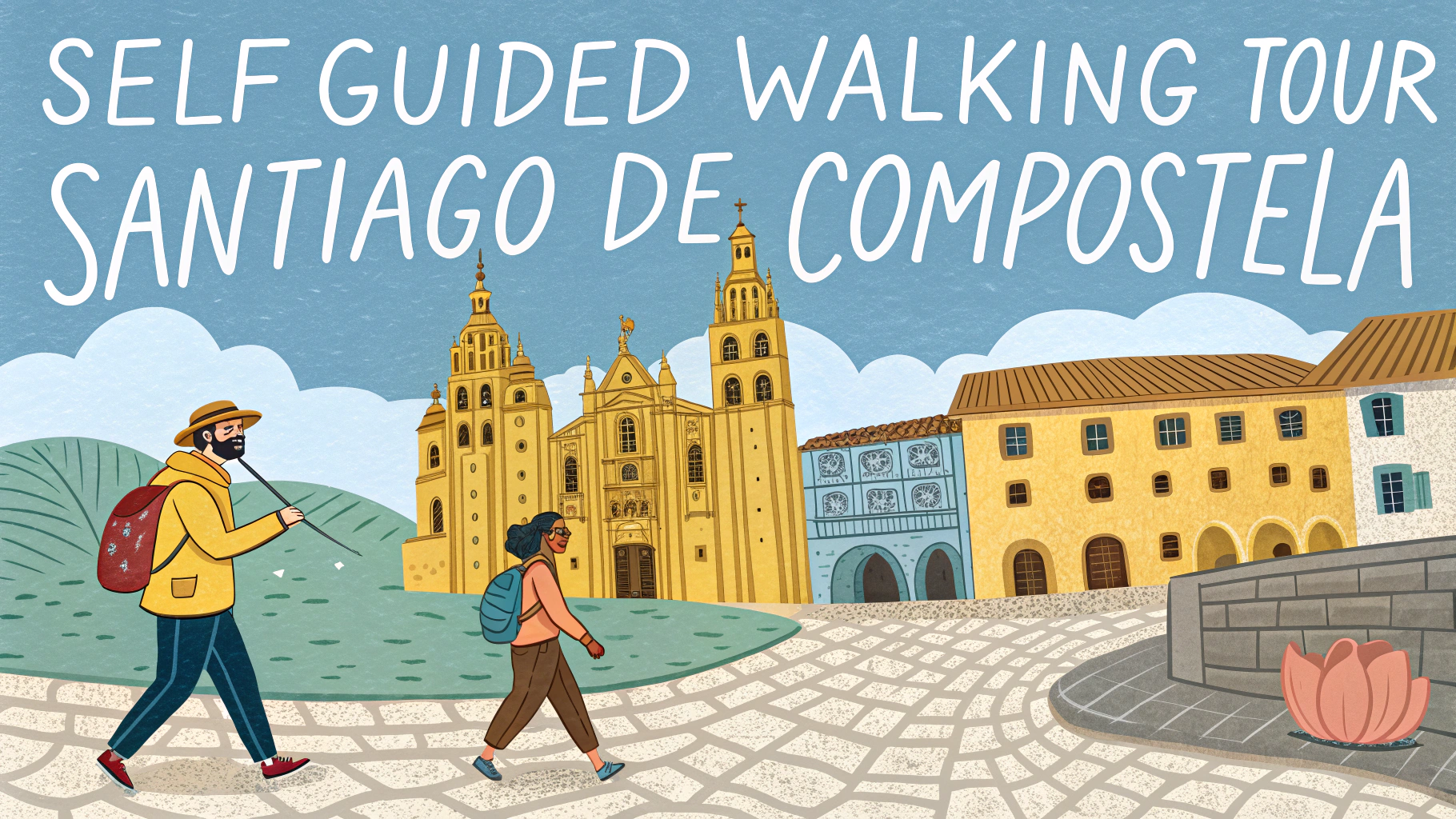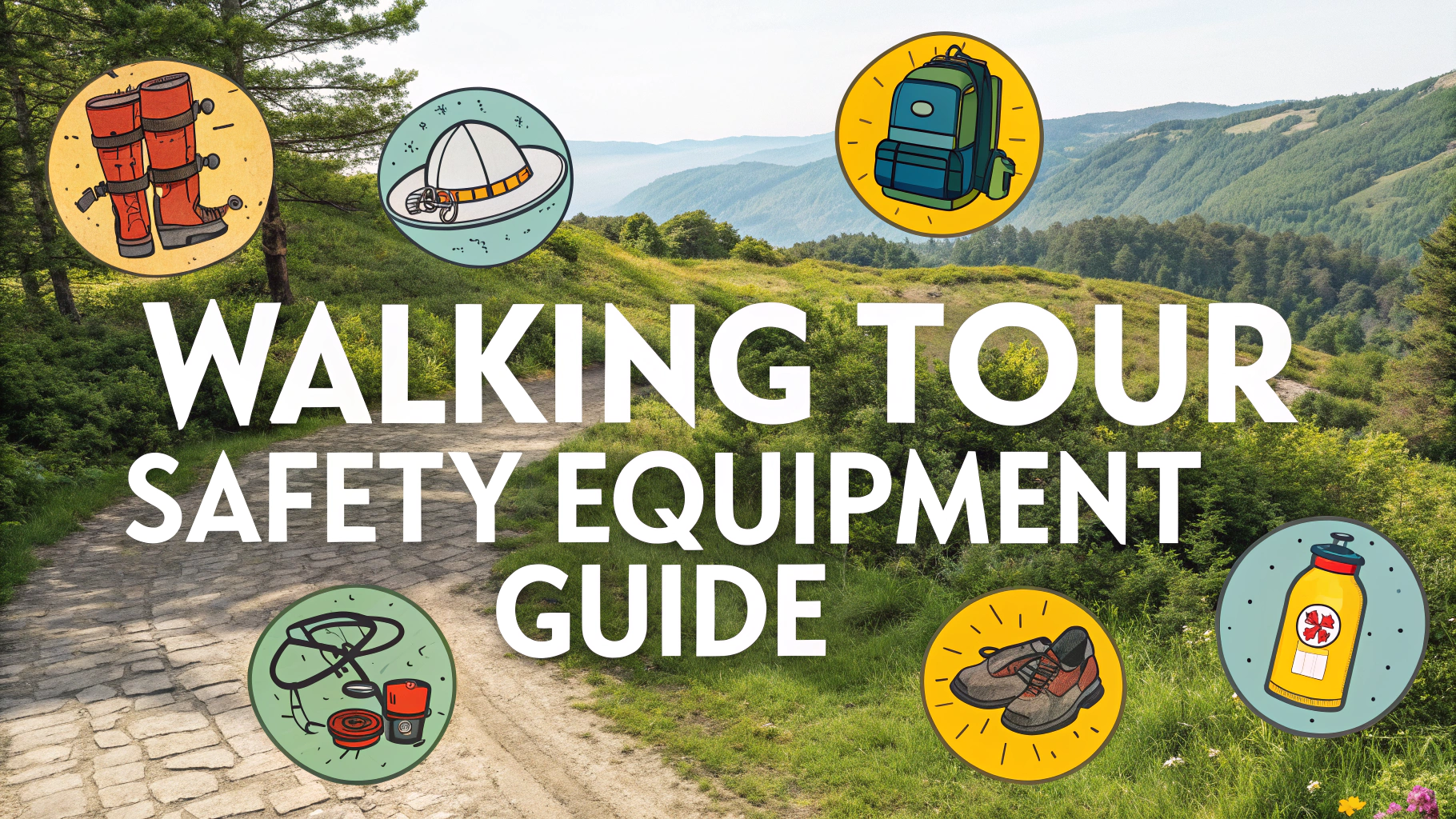Walking tours of lost and ancient cities offer incredible opportunities to explore history firsthand while enjoying outdoor adventure.
Planning Your Self-Guided Tour
Research the historical significance and layout of your chosen lost city site before visiting to maximize your experience.
- Download offline maps and site layouts
- Check opening hours and entrance fees
- Review weather forecasts and pack accordingly
- Bring plenty of water and snacks
- Wear sturdy hiking shoes
Popular Lost Cities for Self-Guided Tours
| Site | Location | Difficulty | Time Needed |
|---|---|---|---|
| Machu Picchu | Peru | Moderate | 4-6 hours |
| Petra | Jordan | Easy-Moderate | 5-7 hours |
| Angkor Wat | Cambodia | Easy | 3-4 hours |
| Pompeii | Italy | Easy | 2-3 hours |
Essential Safety Tips
- Stay on marked paths
- Start early to avoid peak heat and crowds
- Register with site authorities when required
- Carry emergency contact numbers
- Respect local customs and regulations
Photography Tips
Morning light offers the best photography conditions at most archaeological sites.
- Bring extra camera batteries
- Use a wide-angle lens for architecture
- Check photography permit requirements
- Respect no-flash zones
Navigation Tools
These tools help ensure a smooth self-guided experience:
- GPS device with offline capabilities
- Detailed site map (physical copy)
- Compass
- Guidebook with historical context
What to Pack
A successful lost city tour requires proper preparation.
- Sun protection (hat, sunscreen, sunglasses)
- First aid kit
- Power bank for devices
- Light rain jacket
- Small daypack
- Site map and guidebook
Best Times to Visit
Schedule your visit during shoulder season (spring or fall) for optimal weather and fewer crowds.
| Season | Pros | Cons |
|---|---|---|
| Spring | Mild weather, green landscapes | Occasional rain |
| Summer | Long daylight hours | Hot, crowded |
| Fall | Pleasant temperatures, fewer tourists | Shorter days |
| Winter | Lowest crowds | Limited access, cold |
Contact local tourism offices or archaeological sites directly for current conditions and access information before planning your visit.
Local Transportation
Understanding local transportation options helps maximize your exploration time at ancient sites.
- Research public transit schedules
- Consider hiring local drivers
- Book shuttle services in advance
- Share rides with other travelers
Cultural Considerations
Many lost cities remain culturally significant to local communities and require appropriate respect.
- Dress modestly at religious sites
- Learn basic local greetings
- Ask permission before photographing locals
- Support local guides when available
Environmental Impact
Responsible tourism helps preserve these historic sites for future generations.
- Pack out all trash
- Stay within designated areas
- Avoid touching ancient structures
- Use eco-friendly products
Conclusion
Self-guided tours of lost cities offer unparalleled opportunities to connect with ancient history while maintaining independence and flexibility in your travel schedule. Proper preparation, respect for local customs, and responsible tourism practices ensure both an enriching experience and the preservation of these invaluable historical sites for future visitors.
Remember to check current travel advisories and site-specific guidelines before embarking on your journey, as regulations and access conditions may change seasonally or annually.
FAQs
- What is the best time of year to do a self-guided walking tour of the Lost City (Ciudad Perdida)?
The dry season from December to March is optimal, with less rain and better trail conditions. However, the site is accessible year-round with proper preparation. - How long does it take to complete the Lost City trek?
The standard self-guided trek takes 4-6 days to complete, covering approximately 44 kilometers (27 miles) round trip through the Sierra Nevada de Santa Marta mountains. - Do I need a guide to visit the Lost City?
Yes, by law all visitors must be accompanied by an authorized guide. While it’s called “self-guided,” you must book through a licensed tour operator for safety and preservation reasons. - What fitness level is required for the Lost City trek?
A moderate to high fitness level is required. The trek involves climbing approximately 1,200 stone steps, steep ascents and descents, and crossing rivers in humid conditions. - What should I pack for the Lost City trek?
Essential items include lightweight hiking boots, rain gear, insect repellent, water purification tablets, quick-dry clothing, headlamp, basic first aid kit, and minimal personal items as you’ll carry your own backpack. - Are there accommodation facilities along the trek?
Basic camping facilities with hammocks or bunk beds are available at designated camp sites along the trail. These are rustic but provide necessary shelter and basic amenities. - What is the altitude of the Lost City site?
The Lost City is situated at approximately 1,200 meters (3,937 feet) above sea level, with the trek reaching various elevation points throughout the journey. - Is it safe to drink the water along the trail?
No, it’s not safe to drink untreated water. Bring water purification tablets or filters, though most organized treks provide clean drinking water at camps. - What is the historical significance of the Lost City?
Built around 800 CE by the Tairona civilization, about 650 years earlier than Machu Picchu, it was an important political and manufacturing center housing up to 2,000 inhabitants. - Are there bathroom facilities along the trek?
Basic bathroom facilities are available at camping sites, but they are rustic. During hiking portions, natural bathroom breaks require following Leave No Trace principles.
